European Starling
A species of European and Spotless Starlings, Also known as Eurasian Starling Scientific name : Sturnus vulgaris Genus : European and Spotless Starlings
European Starling, A species of European and Spotless Starlings
Also known as:
Eurasian Starling
Botanical name: Sturnus vulgaris
Genus: European and Spotless Starlings
Content
Description People often ask General Info
Description
The european Starling, a large, hardy songbird, is one of the most commonly seen bird species in North America. Originally from Europe, this species was brought to the U.S. in the 1890s by enthusiasts of William Shakespeare, who had the unique goal of bringing over every single species of bird that was mentioned in Shakespeare's collective works. Unfortunately, the european Starling, being an adaptable, generalist species, spread invasively across the continent, hurting many native species' populations in the process.
Size
22 cm
Life Expectancy
15 years
Nest Placement
Cavity
Clutch Size
3 - 6 eggs
Incubation Period
1 - 2 broods
Number of Broods
12 days
Nestling Period
21 - 23 days
Feeding Habits
European Starling's diet is primarily insectivorous, focusing on invertebrates like grasshoppers, beetles, caterpillars, and earthworms. They consume fruits such as cherries, mulberries, and blackberries, as well as grains, seeds, nectar, and occasionally small amphibians and reptiles. Opportunistic feeders, they also eat livestock feed and food waste.
Habitat
European Starling thrive in a variety of habitats, showing a strong preference for urban and suburban settings, where they utilize structures and trees for nesting. They are adaptable birds that flourish near human activity, including parks, farmland, airfields, and golf courses, capitalizing on mowed lawns and open grasslands for foraging. Access to water sources and the availability of nesting sites in cavities or structures are crucial. Although they are versatile, european Starling typically avoid uninterrupted expanses of forest, chaparral, and desert, favoring lower altitudes and moderate climates.
Nest Behavior
Male european Starling start nest construction pre-mating, rapidly building in 1-3 days. Females finalize it, sometimes discarding male-chosen materials. Both parents incubate the eggs, and they add fresh greenery during the laying and incubation phases.
Nest Characteristics
European Starling typically build nests within cavities such as buildings, streetlights, old woodpecker holes, or nest boxes, often 10-60 feet high. The nest comprises grass, pine needles, feathers, and human-made materials with a depression for the egg cup, lined with fine materials for comfort.
Dite type
Insectivorous
People often ask
General Info
Feeding Habits
Bird food type

Black Oil Sunflower Seeds

Hulled Sunflower Seeds

Suet
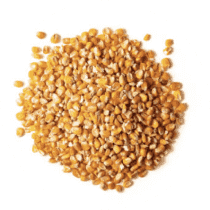
Cracked Corn
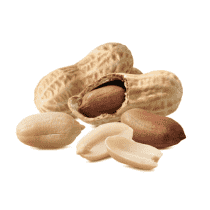
Peanuts
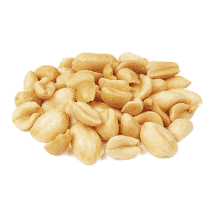
Peanut Hearts

Fruit
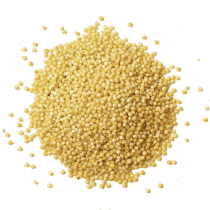
Millet
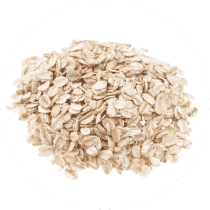
Oats

Milo
Bird Feeder Type

Large Tube Feeder
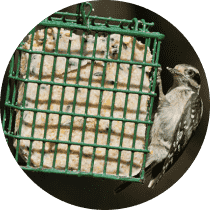
Suet Cage

Large Hopper

Platform

Ground
Sounds
Call
Recording location: Belgium
Song
Recording location: Belgium
Song
Recording location: Belgium
Behavior
European Starling's exhibit foraging behavior in open, short-vegetated terrains, swiftly probing the soil for invertebrates with their robust beaks. In mixed-species flocks, they communicate complex social cues—agitation through wing flicks and feather fluffing, while submission involves crouching and sleeking feathers. Their aggressiveness is pronounced during nesting, aggressively claiming sites and courting through song and distinctive wing flapping. Males closely guard their mates, exemplifying their competitive nature.
Distribution Area
Widespread throughout the Northern Hemisphere, the bird is native to Eurasia and is found throughout Europe, northern Africa (from Morocco to Egypt), India (mainly in the north but regularly extending further south and extending into the Maldives) Nepal, the Middle East including Syria, Iran, and Iraq and north-western China. 
Species Status
Not globally threatened.
